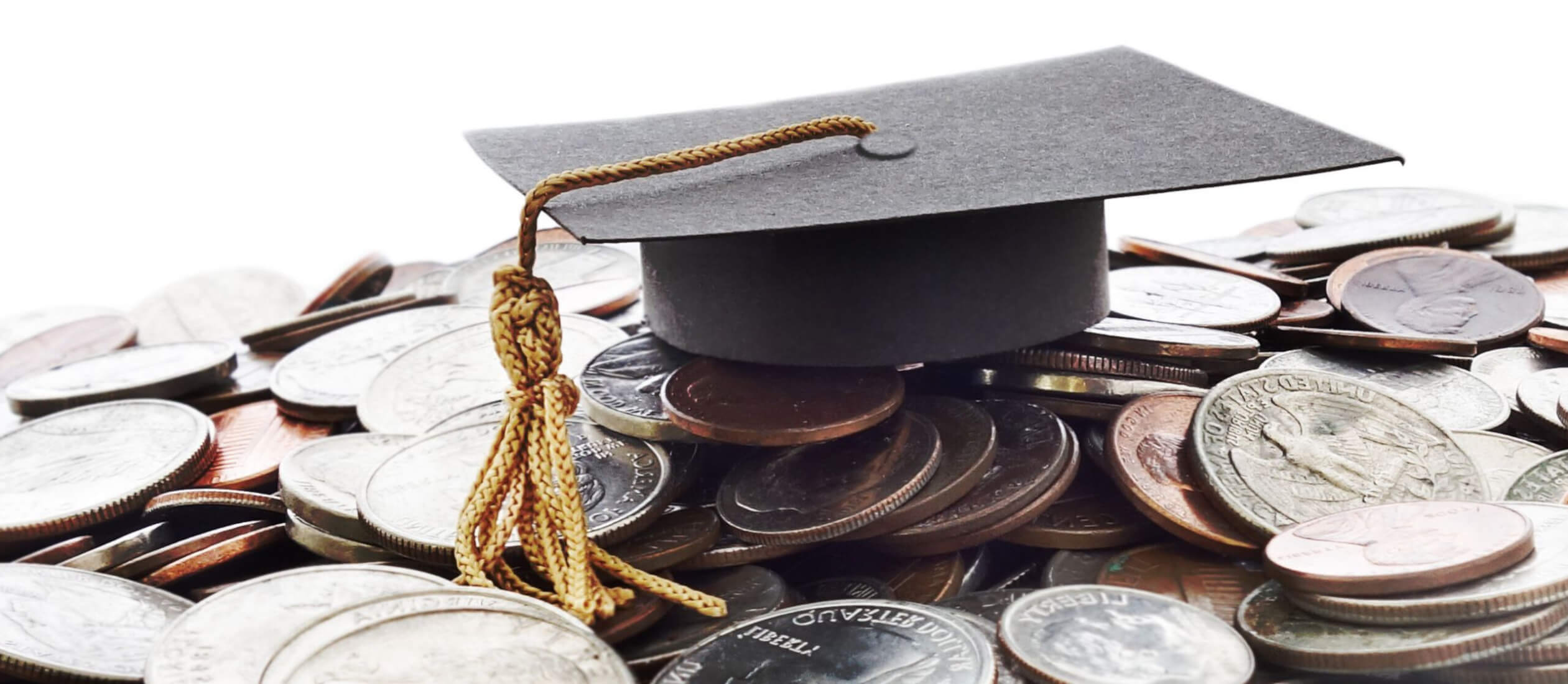In August 2023, the Biden-Harris administration introduced a new income-driven repayment plan called the Saving on Valuable Education plan, or SAVE. This plan, which replaces Revised Pay As You Earn (REPAYE), may offer the most affordable monthly payments for borrowers because it calculates discretionary income and covers unpaid interest charges.8
Starting in July 2024, the SAVE plan will:
- reduce payments on undergraduate student loans to 5% of your discretionary income.
- offer loan forgiveness after just 10 years for borrowers with original principal balances of $12,000 or less (the timeline increases by one year for each additional $1,000 borrowed, for a maximum term of 20 or 25 years).
By contrast, the other income-driven plans:
- use a less generous calculation for discretionary income.
- adjust your payments to 10%, 15%, or 20% of your income.
- have terms of 20 or 25 years.
However, every borrower’s situation differs, so it’s worth exploring your repayment options to see which is best for you.
Repayment plans for federal student loans include:
- Standard plan, with fixed payments over 10 years.
- Graduated plan, which spans 10 years and calls for payments that start smaller and increase over time.
- Extended plan, with fixed or graduated payments over 25 years.
- Income-driven repayment plans, which include SAVE, Income-Based Repayment, Pay As You Earn, and Income-Contingent Repayment.
You can also combine your federal loans into a Direct consolidation loan. After consolidating, you can choose any repayment plan or a term of up to 30 years, depending on your loan amount.
Student loan forgiveness programs
Government-sponsored programs offer student loan forgiveness for those with specific qualifications.
One of the most popular federal student loan forgiveness options is the Public Service Loan Forgiveness (PSLF) Program, which promises forgiveness of federal student loans to government and qualifying nonprofit employees. Eligible borrowers can have their remaining loan balance forgiven after making 120 qualifying loan payments.9
Some other loan forgiveness programs to look into include:
- Teacher Loan Forgiveness Program –Teachers employed full-time in low-income public elementary or secondary schools may be eligible for Teacher Loan Forgiveness after working for five consecutive years. If you qualify for this relief, you can receive up to $17,500 in loan forgiveness, depending on your teaching subjects.10
- Nurse Corps Loan Repayment Program – If you’re a licensed registered nurse, an advanced practice registered nurse, or a nurse faculty member with qualifying nursing debt, you may be eligible for the Nurse Corps Loan Repayment Program. This program pays up to 85% of qualified nurses’ unpaid college debt.11
- Military student loan forgiveness – Military personnel in the Army, Navy, Air Force, National Guard, and Coast Guard may qualify for their own loan forgiveness programs.12 You can find more information on My Army Benefits. You may also be able to access legal guidance at your local Judge Advocate General’s (JAG) Corps office.
- State-sponsored repayment assistance programs – Licensed teachers, nurses, doctors, lawyers, and other professionals in certain states may be able to take advantage of programs to assist with student loan debt relief.
These are just some of the loan forgiveness programs available for student loans. Apply for any programs for which you qualify. Just make sure to steer clear of any potential student loan forgiveness scams.
Student loan forbearance or deferment
If you need more time to repay your loans after the federal pause ends, you’ll have to ask your lender to put your loans into either forbearance or deferment. Loan forbearance allows you to postpone monthly payments for specific periods. Depending on the forbearance program, interest on your loan may still accrue.
In contrast, loan deferment is a federal repayment program that allows you to pause or reduce student loan payments for up to three years. Depending on your loan type, you may or may not be responsible for interest charges that accrue on your loan.
You must apply with your loan servicer and meet eligibility requirements for both forbearance and deferment.
Student loan assistance from your employer
Some employers are beginning to offer employees help for student loan debt repayment. Employers do this by offering tax-free contributions to an employee’s student loans.
One provision of the CARES Act allows employers to pay up to $5,250 tax-free toward employees’ student loans until 2025.13 An employer could offer an employee a fixed monthly payment or contribution toward eligible education expenses outside the employee’s gross taxable wages.
Another way companies are helping with student loan debt is by implementing a matching program to employees’ retirement plans for every payment they make to their student loan debt. Ask your employer what programs and contributions they have in place to help relieve the burden of student loans.
Student loan refinancing
Refinancing your student loans could qualify you for a lower interest rate, saving you money in the long run. You can also refinance multiple loans, combining them into one loan to simplify repayment.
Before going down this path, know that refinancing federal loans converts them to private loans. As a result, you’ll lose access to federal loan protections like forgiveness programs and repayment plans.


